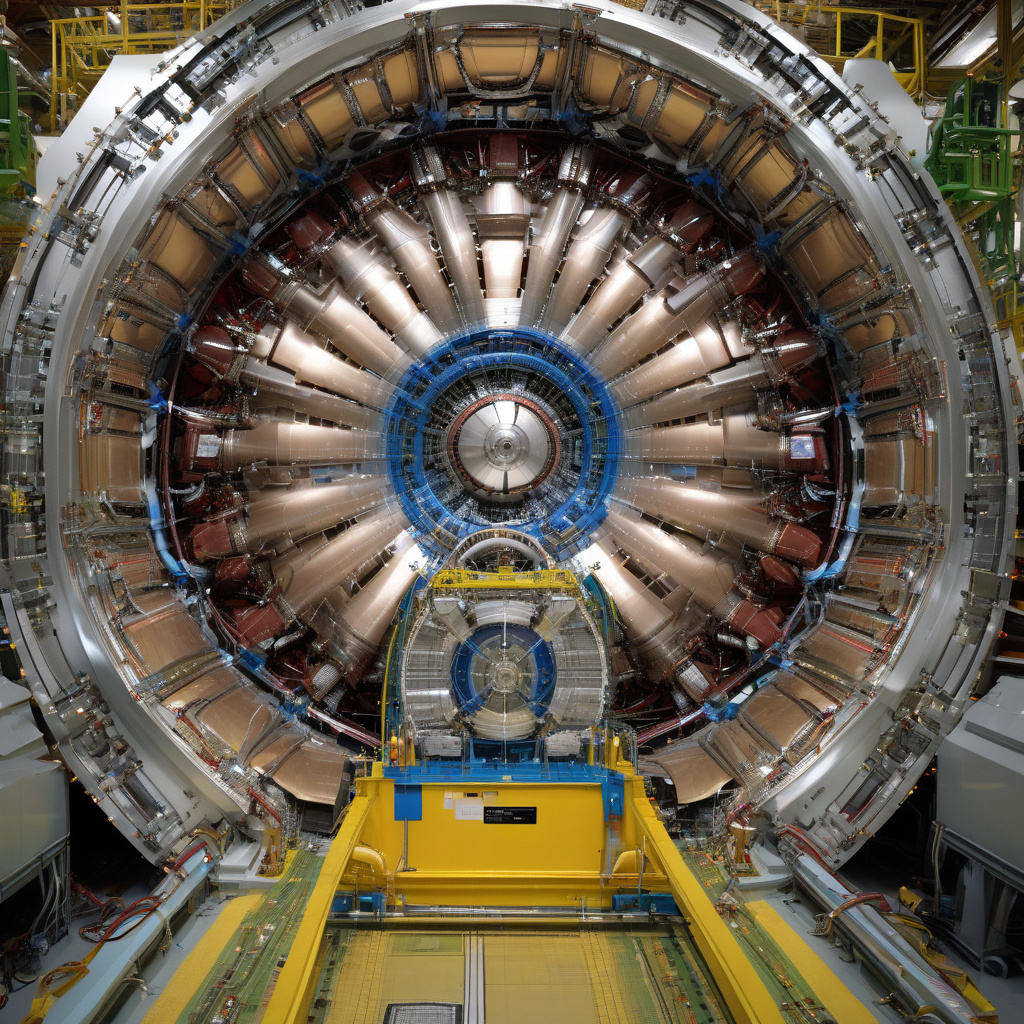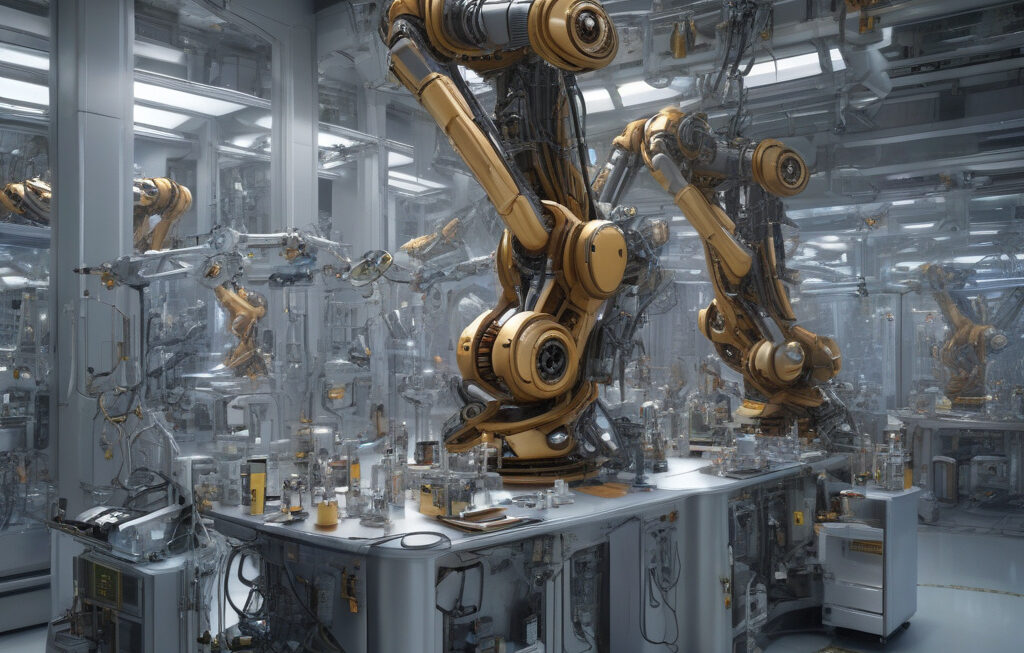World’s Largest Atom Smasher Detects Possible Signal of Tiniest Particle Ever
Since its inception in 2008, the LHC (Large Hadron Collider) at CERN has been a beacon of innovation and discovery in the world of particle physics. This colossal machine, spanning a circumference of 27 kilometers beneath the Franco-Swiss border, has been instrumental in unraveling the mysteries of the universe, from the existence of the Higgs boson to the exploration of dark matter. Now, the LHC has once again made headlines with the detection of a possible signal that could lead to the discovery of the tiniest particle ever known to humanity.
The tantalizing signal was detected by the LHCb experiment, one of the four main detectors at the Large Hadron Collider. This particular signal hints at the existence of a new particle that is even smaller than the elusive neutrino, which was long considered to be the smallest building block of matter. If confirmed, this discovery would revolutionize our understanding of particle physics and challenge the very foundations of the Standard Model.
The Standard Model is the prevailing theory that describes the fundamental particles and their interactions. However, it is far from complete and leaves many questions unanswered. The possible detection of a new, smaller particle at the LHC could provide the missing pieces of the puzzle and pave the way for a more comprehensive theory that explains the mysteries of the universe at the most fundamental level.
What makes this discovery even more remarkable is the sheer scale of the LHC and the complexity of the experiments being conducted. The LHC accelerates protons to nearly the speed of light and smashes them together, creating conditions similar to those that existed fractions of a second after the Big Bang. In this high-energy environment, new particles can be produced fleetingly before decaying into more familiar particles that can be detected by the experiments.
The detection of the possible signal of the tiniest particle ever is a testament to the ingenuity and dedication of the scientists and engineers working at CERN. It is the result of decades of research, experimentation, and collaboration on a global scale. The international team of researchers involved in the LHC experiments represents the best and brightest minds in the field of particle physics, all driven by a common goal – to unravel the mysteries of the universe.
As we await further confirmation and analysis of the data collected at the LHC, one thing is certain – the world of particle physics is on the brink of a groundbreaking discovery. The possible detection of the tiniest particle ever could open up new avenues of research, challenge existing theories, and inspire future generations of scientists to push the boundaries of human knowledge even further.
In conclusion, the LHC at CERN has once again demonstrated its significance as a hub of scientific discovery and innovation. The possible signal of the tiniest particle ever detected is a testament to the power of human curiosity and the relentless pursuit of knowledge. As we delve deeper into the mysteries of the universe, one thing is clear – the world of particle physics holds endless possibilities for exploration and discovery.
particle physics, LHC, CERN, Standard Model, scientific discovery












